Why Visit Turkmenistan?
I’m continuing my series on Why Visit Central Asia with the country that touches my heart the most: Turkmenistan.

First of all, the Turkmen people are among the warmest in the world. The last time I left Turkmenistan, I had tears in my eyes—and so did the Turkmens who had welcomed me. That moment stayed with me. I feel it’s my duty to honor this beautiful country and its culture by introducing you to Ashgabat, and sharing just a few reasons why you should absolutely visit it.
The moment you arrive in Ashgabat, you’re greeted by a stunning airport.
Turkmenistan is the land where some of the greatest world empires—such as the Seljuk Empire and the Ottoman Empire—were born. Its historical past is remarkable, and its culture is simply magnificent: a bridge between East and West. Strategically located along the Silk Road, Turkmenistan has always played a pivotal role in the region.
This is a land of nomadic traditions, of rich literature, of embroidery and of world-famous carpets—home to unique cultural treasures the world must discover.
It’s no coincidence I once wrote this poem for Turkmenistan:
“Ey Cihan, benim Türkmenistan’a gibi,
Tanık olmadın, görmedin böyle bir dasitane-i sevgiyi.”
(O World, you have never witnessed or seen such an epic tale of love as I feel for Turkmenistan.)
Ashgabat, the “white city like cotton”, is simply stunning. At night, it becomes even more magical with its dazzling lights. Personally, I’ve never seen another city quite like Ashgabat—it’s the one that impressed me the most in all of Central Asia. It’s truly unique in the world: awe-inspiring, spotless, poetic. Its wide, immaculate boulevards made me feel like a poet.
And of course, it’s home to the most beautiful horses in the world: the Akhal-Teke horses.
Words can lie, but photos never do—which is why I’m sharing a photo of Ashgabat below, so you can see for yourself.
For me, Ashgabat has some of the most beautiful museums in the world. And of course, it is home to the world’s largest carpet, found in the Turkmen Carpet Museum.
This museum was established by presidential decree in 1993 with the aim of preserving, reviving, and creatively developing the centuries-old tradition of Turkmen carpet weaving.
The first written mention of Turkmen carpets comes from Marco Polo, the Italian traveler who visited Eastern Europe and Asia in the 13th century.
Turkmenistan holds the Guinness World Record for the largest hand-woven carpet in the world. What impressed me even more was the presence of Magtymguly Pyragy, the humanist Turkmen poet, whose verses are woven into the carpets, as well as the presence of rare double-sided carpets.
Let’s remember: Magtymguly Pyragy is not only a national poet but also a visionary, promoting environmental protection and unity, admired internationally.
Another must-see is the State Museum of the Cultural Center of Turkmenistan. While many know about the Seljuks, Mehmed the Conqueror, and the Ottoman Empire, few realize these sultans were of Turkmen origin. This museum is the perfect place to understand the origins of the Seljuk and Ottoman empires.
It also includes fascinating sections on prehistory, nature, the Soviet era, and post-independence Turkmenistan, with more than 500,000 archaeological artifacts.
Right across from the museum stands the giant Turkmen flag, which once held a Guinness World Record.
Measuring 52.5 by 35 meters (172 by 115 ft) and weighing 420 kg (930 lbs), the flagpole remains monumental, with an honor guard stationed at its base.
Ashgabat is truly an open-air museum, and even the surrounding regions are full of historical treasures.
One such site is Old Nisa, a UNESCO World Heritage Site and the former capital of the Parthian Empire, dating back to the 3rd century BC. It was one of the most important cultural centers in Central Asia.
As a historian by training, I was amazed by how well the ruins were preserved—even the rooms and the layout of the village. I also love how stories in Turkmenistan are often accompanied by little legends. At Old Nisa, they say if you walk under a small door, your wish will come true. I made mine—and I’m still waiting.
To dive deeper into Turkmen history, don’t miss Independence Park, where the country’s legacy is told through statues of Tugrul Beg, Sultan Alp Arslan, Melik Shah, Gara Yusuf Beg, and Dede Gorgud.
Tugrul Beg, who died in 1063, was a Turkmen leader and the first sultan of the Seljuk Empire. His son Selçuk expanded their territory.
Let’s not forget: Alp Arslan, another Turkmen sultan, was the one who opened the gates of Anatolia (modern Turkey) to the Turks.
What also struck me in Ashgabat is the Monument of Independence, a 118-meter column topped by a crescent moon and five stars, symbolizing the unity of the five major Turkmen tribes.
Its base is shaped like a massive yurt, housing the Independence Museum inside.
Ashgabat is also home to beautiful buildings, such as the Bagt Köşgi (Palace of Happiness) and especially the State Library of Turkmenistan, which is breathtaking when lit up at night.
Finally, I have to mention the Ertugrul Gazi Mosque. At night, it glows like a moon. After having coffee at one of the city’s biggest malls, Arkaç Mall, I remember watching the glowing mosque—it remains one of my most cherished memories.
There’s so much more to say about this city that I’ll write a second part soon.
But what truly touched me in this country is its people: among the kindest, most honest, and welcoming I’ve ever met. Their hospitality makes you feel instantly at home. I’m forever grateful to those who welcomed me like family, and who shed tears when I left.
Dear readers, what remains is for you to go and experience it:
Taste Turkmen cuisine—plov, dograma—have a unique local meal at Lezzetli Tamdyr, just outside the city; listen to Turkmen music—Jelil, Karbeat, Resul Sahatov, Nury Halmammedov, Maral Durdyyewa—and as Karbeat and Resul Sahatov sing:
Aşgabat – City of Lovers
With countless places
Ashgabat amazes everyone who sees it
Turkmen literature
Akhal-Teke horses
May the Turkmen flag shine bright










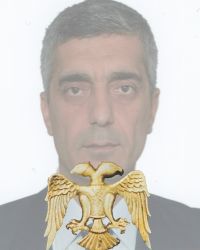

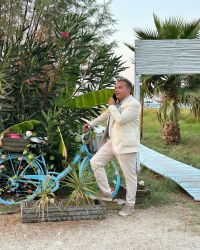





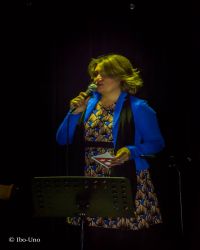


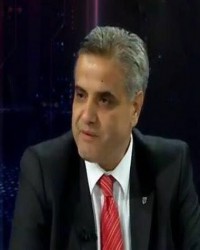




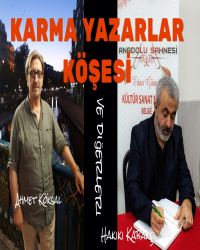
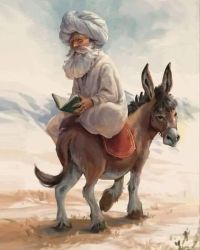




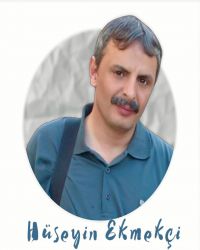










Yorum Yazın
Facebook Yorum